
Microsoft's Surface Phone set to have a fingerprint sensor
Windows Phone sales are currently insignificant -- according to Gartner, during Q2 2016 Microsoft’s mobile operating system claimed a share of just 0.6 percent worldwide -- and with no new Lumias on the horizon, it seems a fair bet to say the platform is doomed.
But not so fast. Microsoft is still banking on Windows 10 Mobile, and it’s long been rumored that the company has plans for a Surface Phone. There’s nothing concrete known about it at the moment -- will it be a single device, or a whole new family? -- but one thing that does seem likely is it will have a fingerprint sensor built in.

Microsoft Surface and Huawei MateBook are bullying Apple iPad Pro in Windows 10 video
There is no place for bullying in the world. Schools around the country are teaching this important lesson. When one person is mean to another, that is very bad. When two people join forces to bully someone, it can be even worse -- it is hard to stand up for yourself when you are outnumbered.
When Microsoft ran mean-spirited advertisements against Apple's MacBook, my colleague Mark Wilson took umbrage, calling the ads 'childish and imbecilic'. Today, in an all-new ad, Huawei MateBook is joining the Surface Pro in the Apple-bashing. The personified versions of two Windows 10 tablets come across as bullies, belittling Apple's iPad Pro.
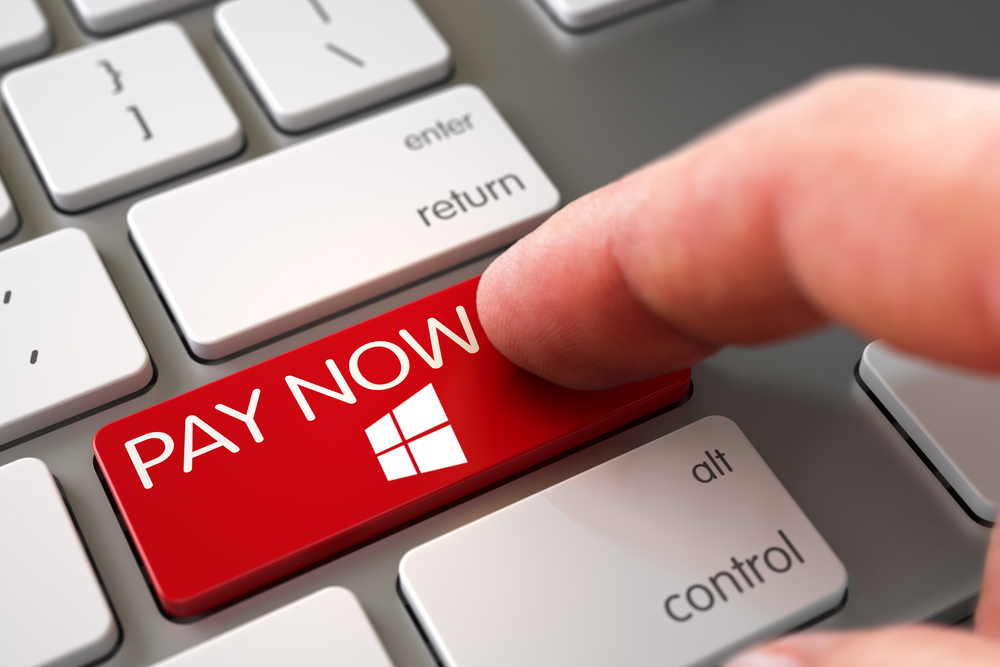
Microsoft confirms Windows 10 and Surface subscriptions are on their way
Ever since Microsoft announced that Windows 10 would be free "for the first year", and also referred to the new OS "as a service", there has been speculation that the software giant would start charging a monthly fee for Windows 10, much as it does for Office 365.
Two weeks ago, a mention of Windows 10 subscriptions appeared in an Insider Preview build, suggesting that changes to the operating system’s model were on their way. Today, Microsoft reveals all by announcing new subscription service offerings for Windows 10 and its Surface line of tablets.

What is the most popular Surface tablet?
While we know how much revenue the Surface line generates, as Microsoft posts these figures in quarterly earnings reports, the same cannot be said about unit sales. The software giant prefers to keep these numbers under wraps, leaving us in the dark with regards to which one of its Windows-powered tablets is most popular.
However, a new report by cross-promotion network AdDuplex shares some light on the matter, giving us a usage share breakdown for the six most popular Surface devices, including the most expensive and controversial of the bunch, the Surface Book.

Microsoft sells 1.1 million Surface units in Q1 2016
Two-in-one and pro slate devices have earned their vendors higher revenue, managing to stabilize average selling prices, a new report by Strategy Analytics says.
The report, entitled "Global Tablet Vendor & OS, Unit & Value Market Share by Region: Q1 2016", says Microsoft and Apple sold more than a million of their pro slates last quarter.
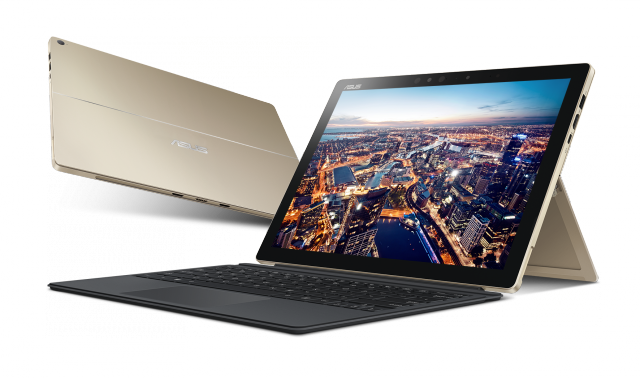
ASUS' new Transformer 3 hybrids target Microsoft Surface
There is no shortage of Surface competitors these days, as more and more manufacturers realize that there is huge potential for growth in the hybrid device market. Even Apple has entered this space, launching the iPad Pro last year to quickly establish itself as the sales leader. Can ASUS, with its new Transformer 3 devices which it just unveiled at Computex, have something to say in this market?
ASUS seems to understand what makes hybrid devices -- or ultraportables -- so appealing. The Transformer 3 Pro -- the top of the line model in the line -- features powerful hardware in a shell similar to a large tablet. It also has a keyboard, that is included in the box, and a screen big enough for every day use. On paper, it might be a better laptop replacement than Microsoft's Surface Pro 4.

Apple's iPad Pro beats Microsoft's Surface... again
The tablet market has seen better days. In the first quarter of 2016 shipments totaled just 39.6 million units, which represents a 14.7 percent decline year-over-year. However, while the market is shrinking there is a category of slates which is gaining more interest from consumers.
That category is made up of so-called detachable tablets. Microsoft basically created it with the original Surface and Surface Pro four years ago, but now it is Apple which is reaping the benefits of its rival's efforts with the iPad Pro line. In fact, this is the second straight quarter when iPad Pro obliterates the Surface line.

Why Microsoft remains 'committed' to Windows 10 Mobile
Windows 10 Mobile does not have much of a future. With two very disappointing quarters for Lumia sales, a market share of around one percent, poor vendor support, and no mention of it at Build 2016, this much is clear. You would expect Microsoft to pull the plug any minute now, but the software giant seems to be doing just the opposite.
In an internal email, Terry Myerson is encouraging "certain partners" to continue to pour their resources into the platform. Microsoft's EVP of Windows and Devices Group says that the company is still "committed" to Windows 10 Mobile, claiming that development of its "next generation products" is well underway. It sounds unbelievable, but that is just what you should expect Microsoft to say.
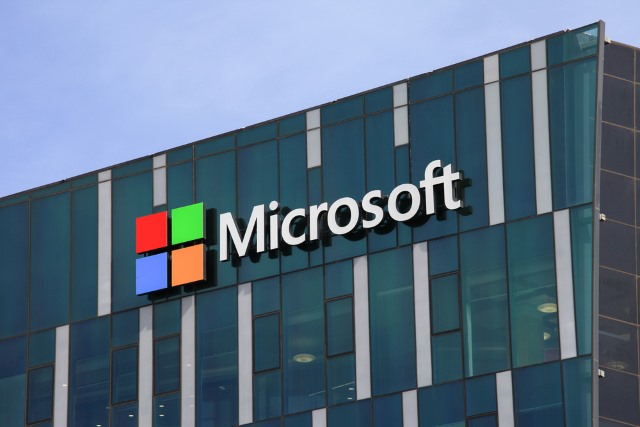
Weak Lumia sales prove Microsoft should put an end to Windows 10 Mobile
It is hard to take Windows 10 Mobile seriously when Microsoft announces sales of just 2.3 million Lumias in a whole quarter. If you ever thought that the platform can actually be competitive in today's market, now is the time to wake up. This year, smartphones sales are expected to reach 1.5 billion units. If Microsoft manages to move 10 million Lumias in 2016, Windows 10 Mobile's market share would likely be around the one percent mark.
Microsoft is not the only Windows Phone/Windows 10 Mobile vendor, but it is the largest by far. It sells about 90 percent of the smartphones running the tiled operating system, so its performance has a major impact on the platform's popularity.
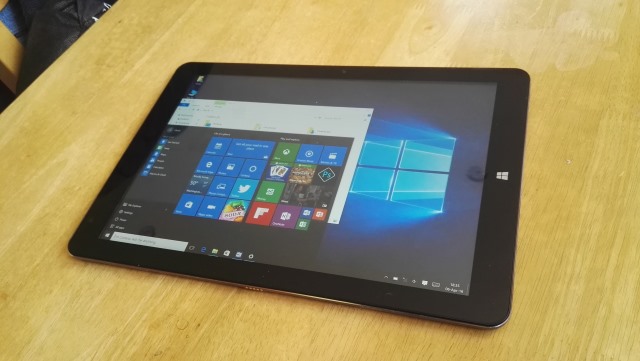
Chuwi Hi12 -- a Surface Pro 4 and iPad Pro alternative at a fraction of the cost [Review]
The number of convertible tablets vying to take on Microsoft's Surface Pro 4 is on the increase. Some are more than reasonable competition while others are little more than cheap knock-offs. The absurdly low price of the Chuwi Hi12 might fool you into thinking that this 12-inch Chinese tablet falls into the latter camp, but you'd be wrong.
Costing an unbelievably low $289.99 (neatly below the promised $300 threshold), the Hi12 is not strictly a direct competitor to the Surface range... it lacks the all-important kickstand. So we're off to a great start with price, and the looks are certainly not to be sniffed at either; it's not a million miles away from iPad territory. But while looks and price are important, it's what's on the inside -- and how it works -- that matters, and the Hi12 does not disappoint.

Apple, bring on the 9.7-inch iPad Pro!
Not too long ago, we were talking about tablets as PC replacements. Consumers were buying them in droves, losing interest in desktops and laptops. Apple's iPads ruled supreme, dominating this space from afar. Fast forward to today and we are talking about the slate as a has been, as it struggles to command the same levels of attention.
For Apple, which was used to posting record numbers every single quarter, it is an especially troublesome trend. The company started the tablet craze, after all, when it showcased the first iPad six years ago, and now sales figures are lower and lower as the quarters go by. However, the productivity-oriented iPad Pro appears to be bucking the trend -- could a smaller version do the same?
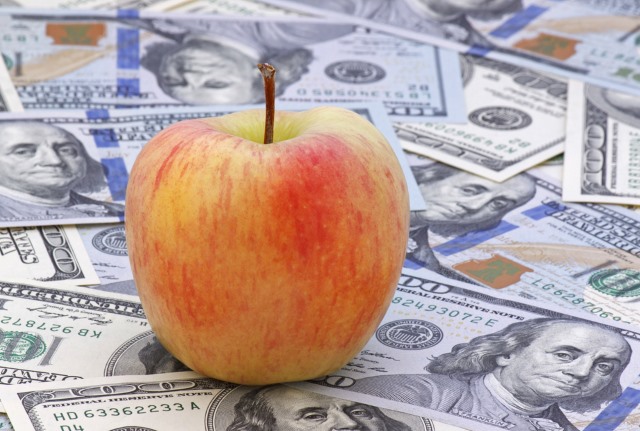
If Apple iPad Pro is a failure, why did it beat Microsoft Surface in sales?
For a while, it seemed like everything Apple touched turned to gold. iPod, iPhone, iPad -- all changed the computing landscape. Unfortunately, the more recent products such as the Apple Watch and iPad Pro were viewed by many pundits to be weak. Heck, some have called the iPad Pro a failure.
But what if iPad Pro wasn't a failure? What if those pundits were wrong? Microsoft's Surface line has been viewed as a success -- part of the company's turnaround story. With that said, would you be surprised if I told you that the iPad Pro significantly beat the Surface during the holidays? Well, it is true. The perception of weak iPad Pro sales was exactly that -- perception only. The reality is, iPad Pro destroyed Surface in Q415.
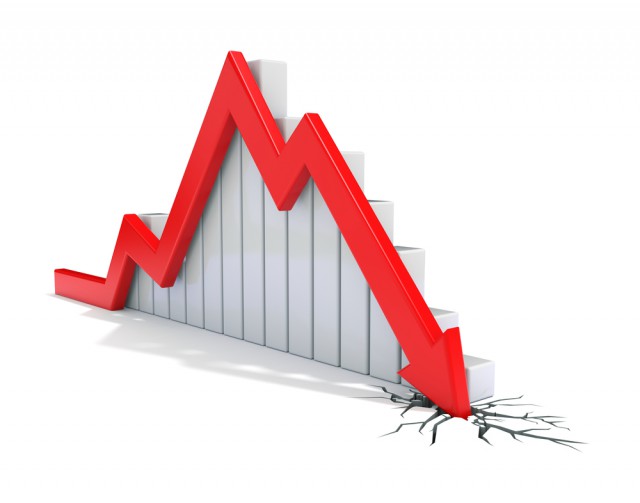
Tablet shipments see double digit drop in 2015
The demise of the tablet seems inevitable, as shipments percentage dropped in double digits for the first time ever. Market intelligence provider TrendForce reported that in 2015 a total of 168.5 million units were shipped, representing a 12.2 percent drop year-over-year.
Notebook analyst for TrendForce, Anita Wang, confirmed what we all already knew -- smartphones, phablets and two-in-one devices were interfering too much with the tablet market, and with the devices having a somewhat longer lifespan, the results are a decrease in new shipments.
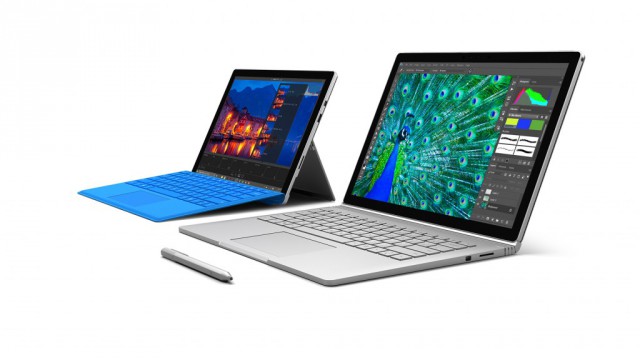
In defense of Microsoft: there was no Surface failure at the NFL playoffs
Brace yourselves: I'm about to stick up for Microsoft. While I'm happy to criticize the company for its failings (and maybe kick it when it's down from time to time), complaints that cropped up over the weekend seem completely unjustified. I'm talking about this weekend's NFL playoffs.
I'm far from being a football (or indeed sport of any description) fan, but my news timeline has been filled with headlines about how Microsoft suffered embarrassment when its Surface tablets (now famously used on the sidelines and mistakenly referred to as iPads) failed during the Broncos-Patriots game. Except the problems that led to an information blackout was absolutely not the fault of Microsoft, or its Surfaces.

Samsung takes aim at Surface and iPad Pro with Windows 10-powered Galaxy TabPro S
Many people decry Samsung's design choices for copying Apple. As much as I love Samsung products -- the company makes great phones, washing machines, televisions and more -- I cannot defend against those claims. With that said, if you are going to borrow design philosophies from any company, Apple is a good choice.
Today, Samsung announces the Galaxy TabPro S -- a large tablet that is reminiscent of both Apple's iPad Pro and Microsoft's Surface line. The company had previously released the Galaxy Tab Pro, but that large tablet ran Android and was a dud with consumers. This time, the "S" variant runs full Windows 10, like the Surface, but with no kickstand and a keyboard a bit more like the iPad Pro in its connectivity. Obviously, the trackpad and key-type is more Microsoft than Apple. Regardless of design inspiration, it looks like a winner.
